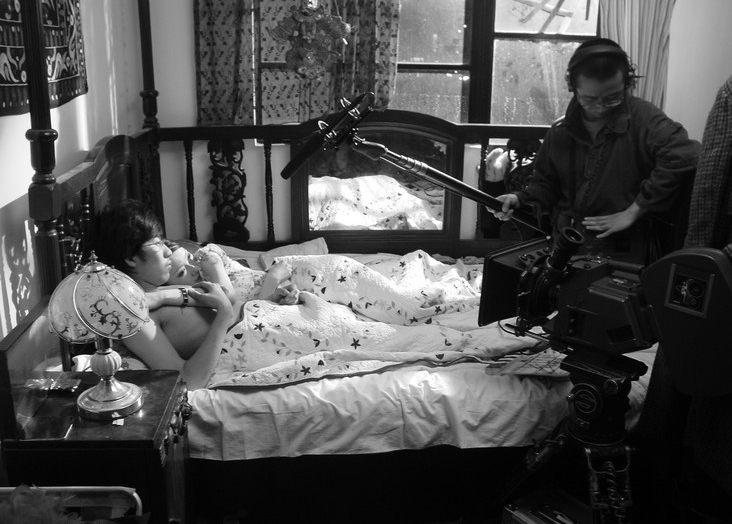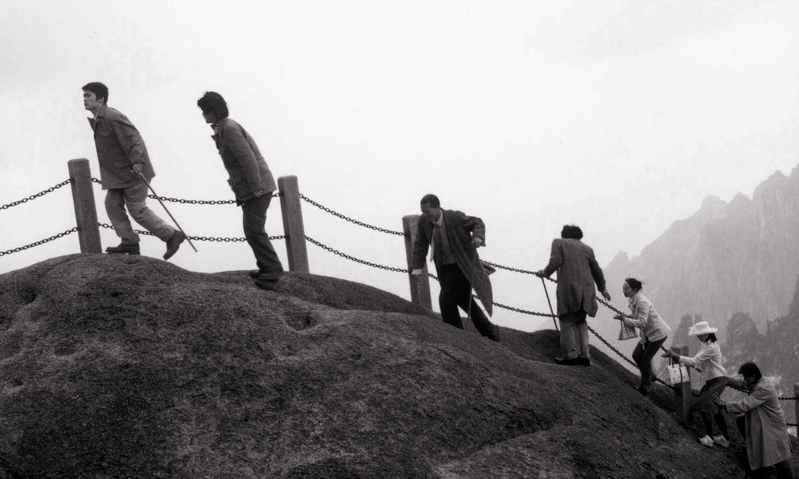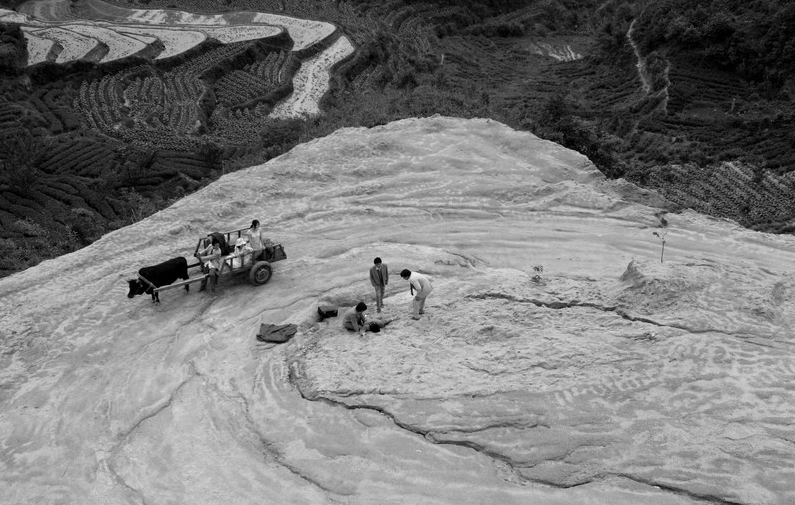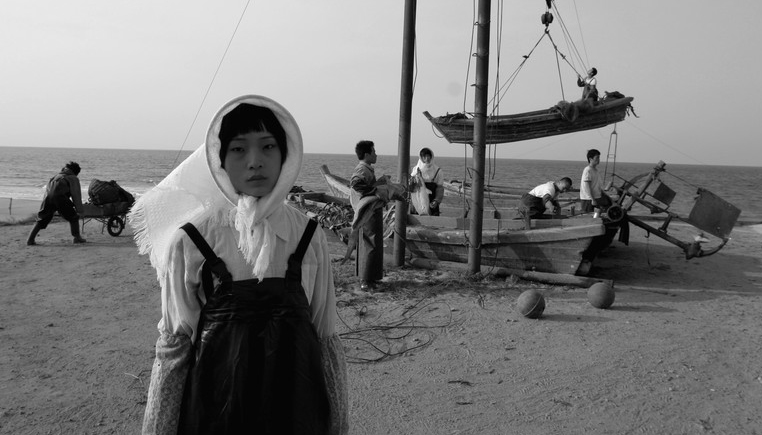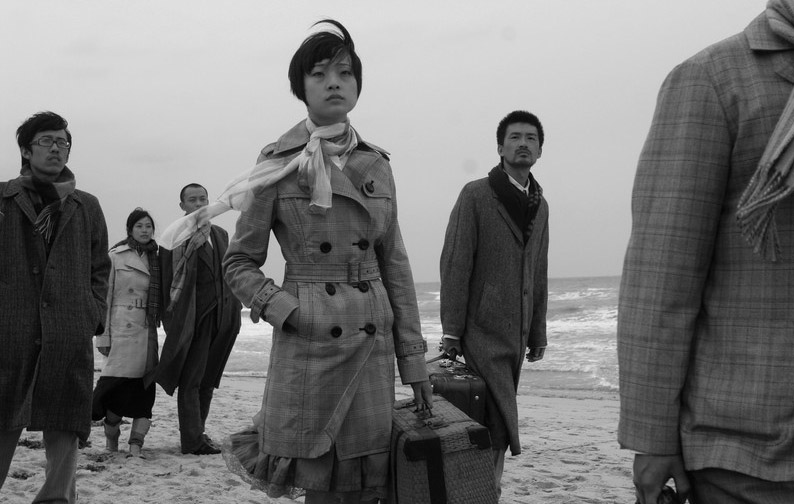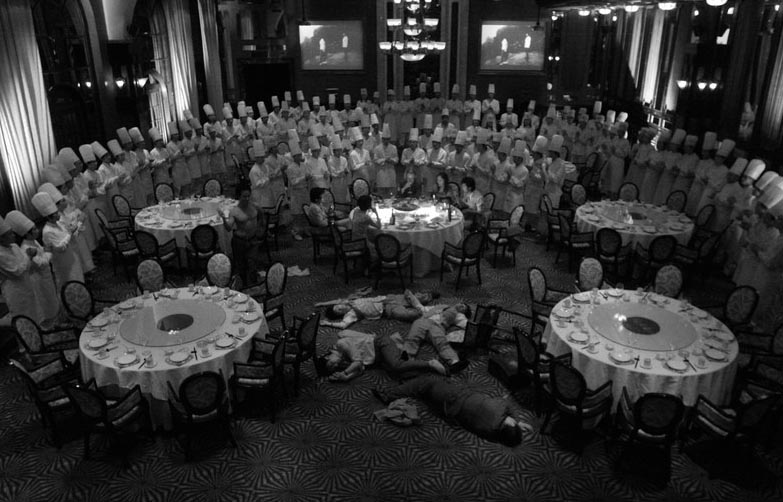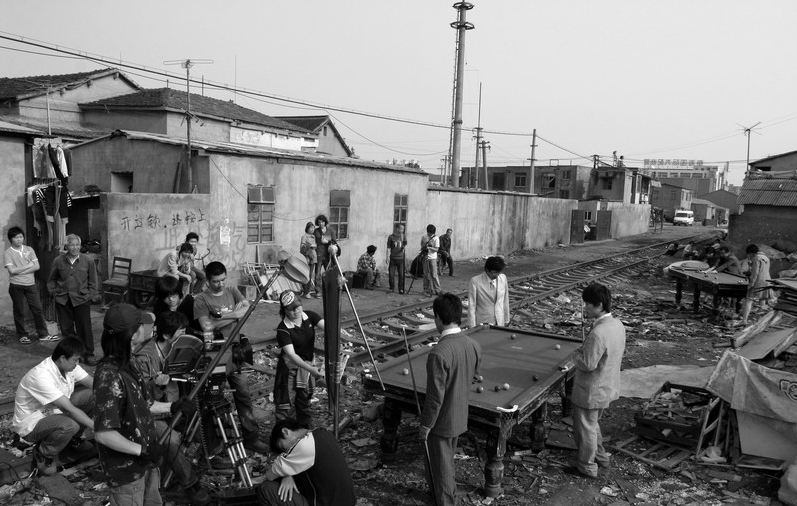About the artist
Yang Fudong was born in 1971 in Beijing and now lives and works in Shanghai. Yang initially studied painting at the China Academy of Fine Arts in Hangzhou. While still at school, he developed an interest in photography and film. He is self-taught in both media and quickly excelled in their practice. His works are filled with psychological and existential questions.
Stylistically, his videos, which are originally shot on 35mm film, recall both the black-and-white prewar films of the 1930s and 1940s and postwar avant-garde film noir. Yet, any perceivable references to past film traditions seem to be largely subconscious on the part of the artist, and stem from his love of film. Yang is an avid watcher of films of all genres, which has given him a massive creative base from which to conjure up his own vision.
Yang’s work has been shown at many international exhibitions including: Documenta XI, Germany, 2002; the Shanghai Biennale, China, 2002; the Carnegie International, United States, 2005; the Asia Pacific Triennial, Australia, 2006; and the Venice Biennale, 2007.
www.shanghartgallery.com
|
